Overview
The trek of a passionate trekker is not complete without Gokyo Ri and some of the highest fresh water lakes in the world, situated idyllically in the Khumbu region of the greater Himalayan range, in the vicinity of the world’s highest peak, Mount Everest.
Besides the exacting trek that all trekkers look forward to, the Gokyo trek is coveted by those who have been there, as one gets an unscathed view of not only the five lakes of various sizes, but also the trek up to Gokyo Ri (a small peak in the local dialect), where the bonanza is a circuitous view of a number of peaks such as Cho Oyu, Gyachung Kang, Lhotse, Makalu, Cholatse and Tawachee, and what more, Mount Everest from a north-western angle.
The crowning glory of it all is that it is less frequented by other trekkers. This is why the Brahminy Duck has spent so much time in the lakes. The Kharkas (small pastoral lands) that dot the Gokyo valley trek Not to forget the cave where you get the first view of Gokyo lakes.
Itinerary
US $1160 Per Person
Cost Includes
- All airport to hotel to airport transfers.
- Two nights Kathmandu hotel in 3 star category hotel with daily breakfast.
- Kathmandu-Lukla-Kathmandu airfare ($322 per person).
- Local English speaking guide and porter(s).
- Crew/staff insurance
- Use of trek pack (i.e. sleeping bag, down/fiber filled jacket, and duffel/kit bag).
- On trek accomodation
- Everest National Park and TIMS permit.
Cost Excludes
- International airfare.
- Nepal entry visa fee.
- Travel or trek insurance.
- Kathmandu lunch and dinner expenses.
- On trek meal (allow US $20 to $25 per day).
- Gratitude or tips (allow $3 per day per person).
You can find good places to trek somewhere in the Himalayas at anytime of the year. However for most regions the best time is from October to May, with Oct-Nov having best weather for trekking. During the autumn nights are cold in the high Himalaya, but the bright sun makes for pleasant daytime temperature (20 degree centigrade to 5 centigrade in the night). Above 3500m temperature range goes down to -10 degree centigrade, and in winter (Dec-Jan) it is about 10 degrees colder.
Whilst you do not need to be super-fit, you need to be fit enough to comfortably walk for 5-6 hours per day in the mountains on reasonable trails. Most of our customers have an interest in walking in the hills or countryside of their homeland and are used to similar daily trips.
We pride ourselves in our small group approach to Adventure Travel. Small groups allow you to share great company without crowding your experience. Our typical groups range in size from 2 up to 8. One of the attractions of such a trip is the chance to meet people with different backgrounds and personalities.
If this is the case, we can organize a personalized trek for you. Additionally if you want to spend more time in Kathmandu before or after a trek we can organize the hotels and quote you a price.
If you are group of two and more the trip is guaranteed to run.
Usually our clients simply bring their existing clothing and equipment and if necessary supplement this with some extra items purchased cheaply in Kathmandu.
What gear to bring?
- Passport (with photocopies)
- Photos for Nepal visa on arrival
- Travel insurance (with photocopies)
- Airline tickets (with photocopies)
- Day pack for daily personal items
For Trekking:
- Walking boots
- Light sandals or plimsolls to wear in the lodges
- 2 pairs of underwear
- 2 pairs of walking socks
- 2 warm shirts/ thin fleece
- 1 pair of thin thermal under trousers.
- Long trousers for walking (or long skirt for women)
- T shirt
- Shorts
- Gloves (it’s cold on the Thorung La, Laurebina Pass and Cho La)
- Warm hat which covers your ears (for the Kali Gandaki and Thorung La – it’s windy)
- Base ball cap or broad brim hat to keep the sun off (Australian Barmah recommended)
- Sunglasses (vital)
- Sun cream
- Soap and soap dish
- Small towel
- Toothbrush and toothpaste.
- Wet wipes / Moist towelettes
- Hand sanitizing lotion
- Head torch
- Moisturizer, Lip balm
- Tampons – hard to buy in rural areas
- Ear plugs for light sleepers
- Toiletries
- Sheet of plastic (Use as a poncho if it rains)
- 1 roll of toilet paper. You can buy more on the way.
- 2 large plastic bag. One for smelly clothes, one for things which must be kept dry.
- Small good quality padlock
- Waterbottle
- Iodine tablets for water purification
- Protein bars, chocolate, dried fruits, candies and snack foods.
Notes. All of the trekking items are available in Kathmandu at nominal prices. However we suggest you bring hiking boots from your home country if you decided to purchase these items in Kathmandu.
Yes, all hotels provide storage facility for free.
Personal travel insurance is not included in the tour price. It is a condition of booking a tour with Green Lotus Trekking, and your responsibility to ensure for type of tours you are undertaking; the policy must include satisfactory cover for repatriation, high altitudes, trekking and climbing, and helicopter rescue. Please forward your insurance details (e.g. policy number, 24-hour emergency telephone number, name of insurance company) to Green Lotus Trekking when available.
Yes. You can apply in your home country thorough Nepalese Embassy or Consulate or obtain it at the airport on arrival by paying fee as below:
- Multiple entry 15 days: US $25
- Multiple entry 30 days: US $40
- Multiple entry 90 days: US $100
Notes. We suggest you to bring the exact change. You also need bring 2 passport size photo.
Tourist Visa Extension
Visa extension fee for 15 days or less is US $ 30 or equivalent convertible currency and visa extension fee for more than 15 days is US$ 2 per day
Tourist visa can be extended for a maximum period of 150 days in a single visa year (January – December).
Gratis (Free) Visa
Gratis visa for 30 days available only for tourists of SAARC countries.
Indian nationals do not require visa to enter into Nepal.
Normally single trekkers have no problems fitting in with a group. Normally single trekkers share rooms or lodges with other trekkers of the same sex, but if we have an odd-number we ensure that a room or lodge is organised accordingly.
To confirm your booking we will require deposit of $250 for treks and $300 for a peak climbing which can be made by bank transfer or online through paypal.com (leading transaction site). The balance is payable on arrival in Kathmandu with cash or traveler cheque. Alternatively balance can be paid by bank transfer or PayPal shortly before arriving in Kathmandu.
Following details is needed to process your trekking permit, national park permit, flight booking etc.
- Gender:
- First Name:
- Last Name:
- Passport number:
- Expiry date:
- Place of issue:
- Nationality:
- Date of birth:
- Occupation:
- Your arrival details (time, date, flight no., airlines):
All above info can be sent electronically via email.
You will typically walk 4-9 miles (5-8 hours) each day. Some days may be rest days for impromptu exploration. In high and steep areas, you may move more slowly. Most people begin to feel the effects of high altitude over about 2000 meters and your trekking pace is always adjusted to permit safe acclimatization. Our treks follow established trails used by local people. You will probably carry only a light day pack.
You can hike at your own pace, stopping when you wish. There is ample time to cover the necessary hiking distance each day with lots of stops. If you are on a private trek, you may wish to take more or fewer days to cover a given distance, or add in rest days. If you like to hike fast, your guide will be concerned that you acclimatize to high altitude effectively. You may wish to reach camp at a measured pace, but take a side hike after camp arrival. Your guide is always interested to learn about your personal interests and to accommodate those interests as the trip permits.
Altitude sickness, often known as Acute Mountain Sickness (AMS), is a particularly important medical consideration while trekking in Nepal. Altitude sickness means the effect of altitude on those who ascend too rapidly to elevations above 3000 meters. The initial symptoms of AMS are as follows:
- Nausea, vomiting
- Loss of appetite
- Insomnia/ sleeplessness
- Persistent headaches
- Dizziness, light headaches, confusion
- Disorientation, drunken gait
- Weakness, fatigue, lassitude, heavy legs, slight swelling of hands and face
- Breathlessness and breathing irregularly
- Reduced urine output
These symptoms are to be taken very seriously. In case of the appearance of any of the above symptoms, any further ascent should be reconsidered; otherwise more serious problems can occur which can cause death, sometimes within a few hours. The only cure for the Altitude Sickness is to descend to lower elevations immediately. Acclimatization by ascending to no more than 300 to 500 meters per day above 3000 meters and the proper amount of rest are the best methods for prevention of AMS.
Our itineraries are designed so that our clients ascend at a sensible and safe rate. The effects of altitude are felt by everyone, even the Sherpas, but most people find that gentle acclimatisation allows them to reach their high point without any problems.
Tea House accommodation: There are a number of lodges along the popular trekking routes in Annapurna, Everest, and Langtang regions. These lodges are called Tea House Lodges and managed by local people. These lodges have basic requirements for over night accommodation like private rooms, dormitories, toilets, shower room with hot and cold water, and one attached restaurant. The quality of food offered might vary from lodge to lodge but most serve simple and hygienic meals. The teahouse trekking provides you an opportunity to feel the warm hospitality of friendly Nepali hosts. The money you spend goes to the local community.
Camping Trekking
In a typical camping trekking, each pair of trekkers will sleep in a spacious mountain tent with a durable rain, fly, and full insect netting. The tent is fitted with foam mattresses. When your campsite is near villages or lodges you may be invited to sleep in the lodges or homes of local people.
Breakfast options includes Oatmeal, French toast, Chapatti, Tibetan bread, eggs,, pancakes,, muesli and for Lunch or dinner you can have sandwich, soups momo (dumpling), macaroni dishes, pizzas, noodles, steak, dal bhat (rice, lenthal, veg platter) pasta etc.
Our trekking guides are carefully selected for their ability and are generally from Sherpa, Tamang, Gurung, Magar, and other communities from remote mountain villages. Each guide is trained and has abilities in eco-friendly trekking methods and safety. They help to maintain your health and your happiness as well as his crew members. Our guides are committed to making sure that all our trekkers have an enjoyable trek, come back safe and are overwhelmed by their experience. Your guide will be a friend and companion, who takes pleasure in showing you his country’s specialties and, perhaps, meet his home and family too.
Services of porters and pack-animals to carry your luggage and equipment are hired at the beginning of a trek to make sure that most of the costs our clients pay go directly into the local community where you trek.
Tipping is at your discretion but always appreciated. A good rule of thumb is anywhere from $2- 5 dollars per day for the guide and $1.5 to 3 dollars per day per porter. The total amount can then be divided among the group.
Please have them contact at any of the following numbers:
Cells: +977-9841250258, +977-9841269376
We check email frequently throughout the days so you could also write to our email: info@green-lotus-trekking.com if it’s not urgent.


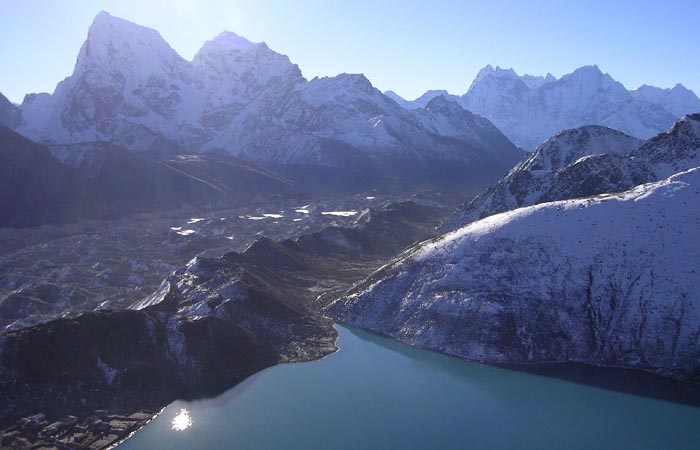
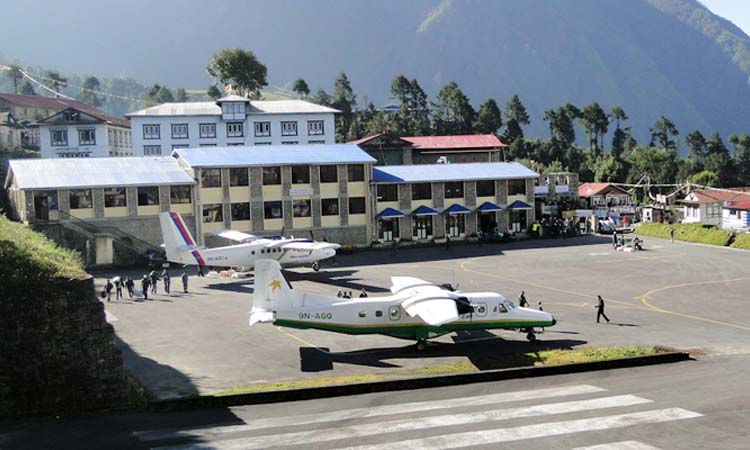
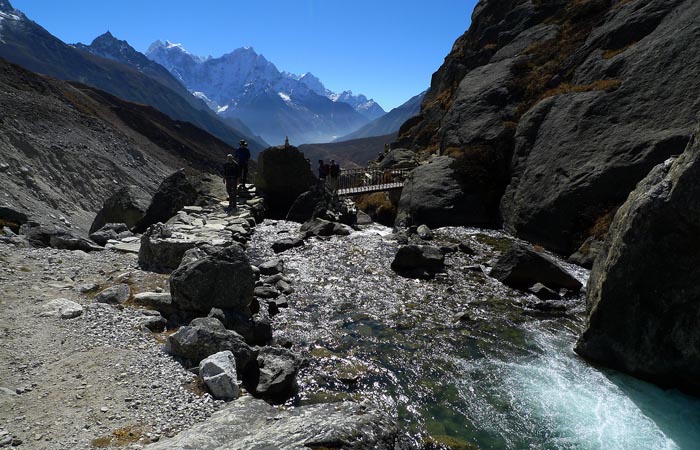
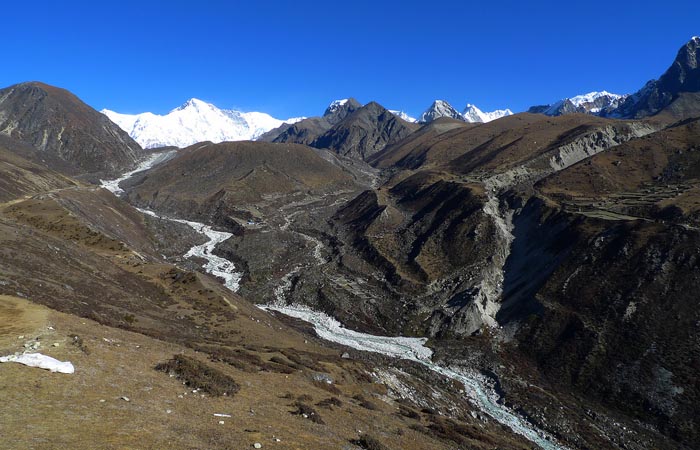
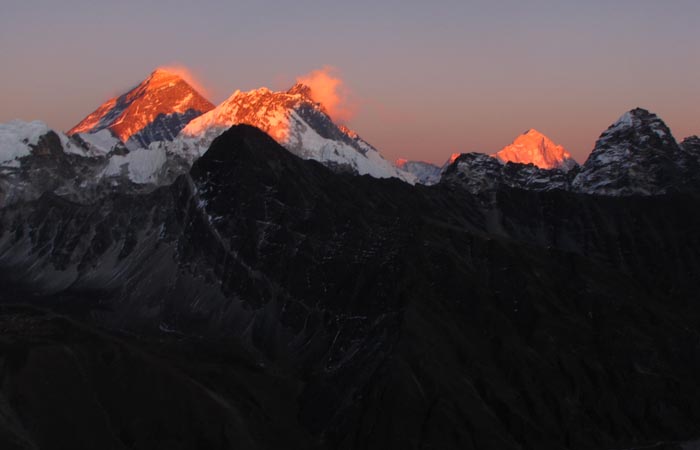

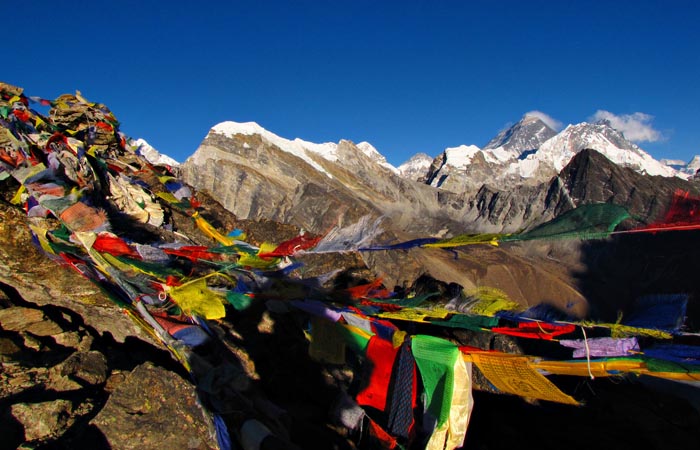
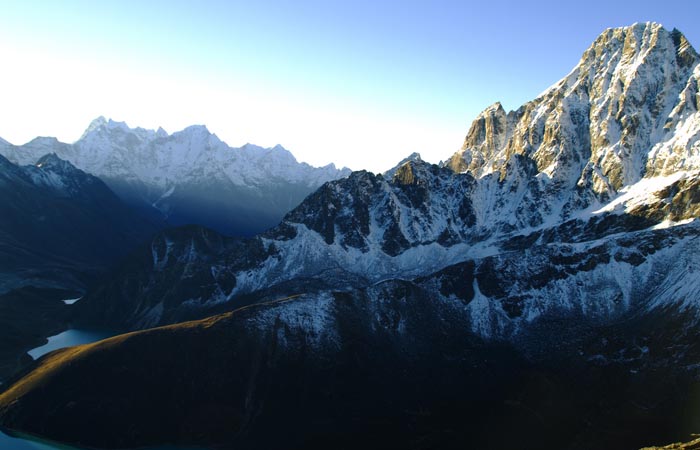
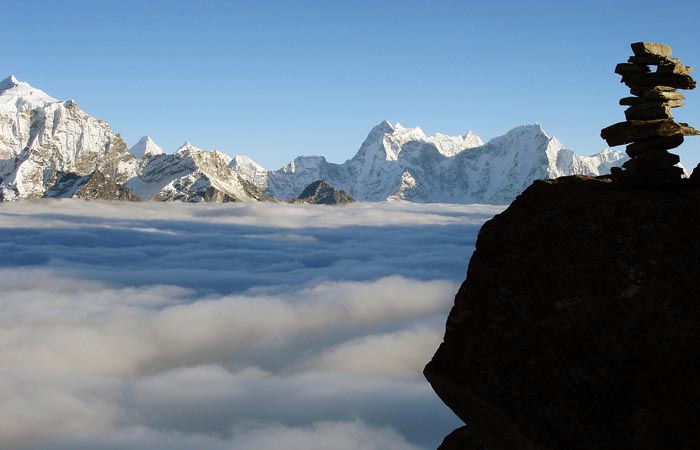
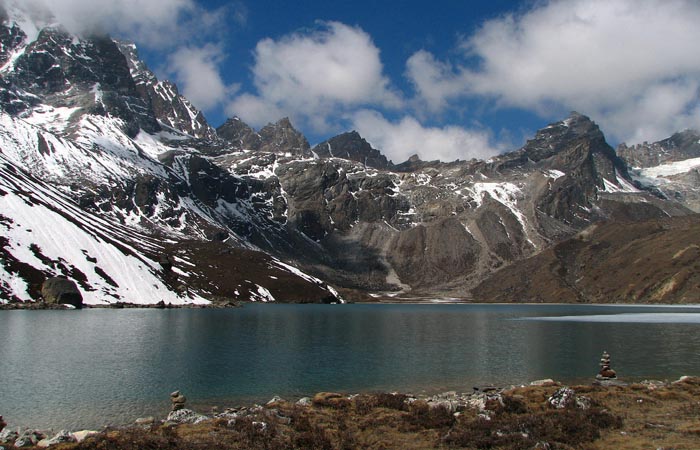
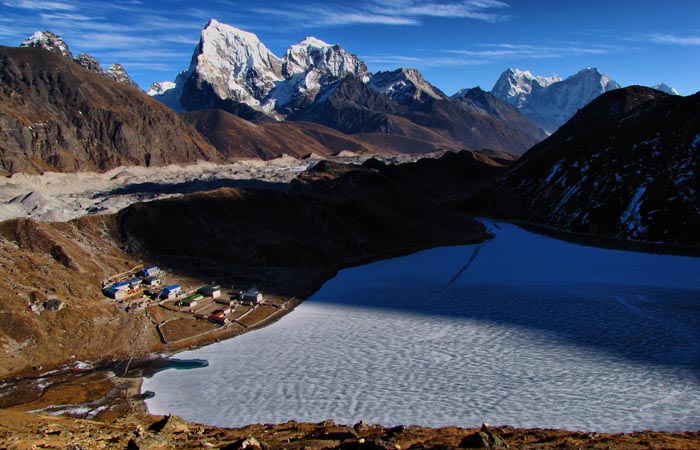
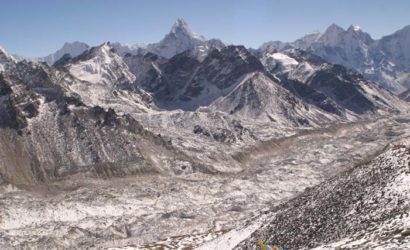
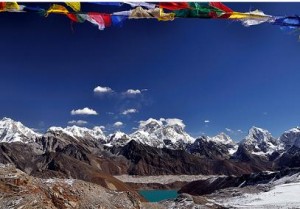
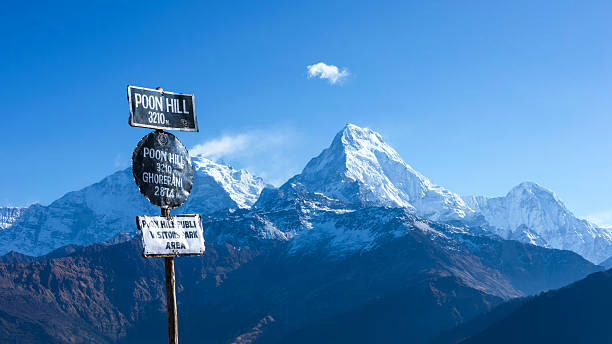
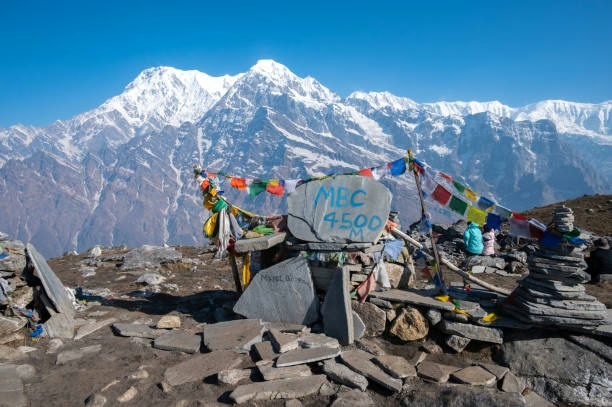
Recent Comments